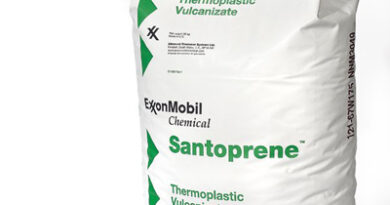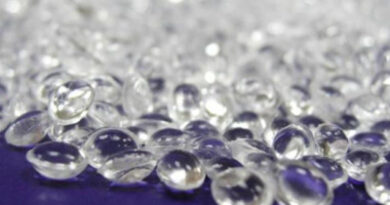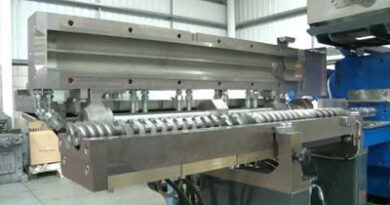In this study, Engage polyolefin thermoplastic elastomers (POEs) from Dow Chemical are used, which are random ethylene-octene copolymers with relatively low melting temperatures (Tm), and elastic recovery that is tunable and dependent on comonomer content. POE bilayers are molded, but unlike other natural and synthetic systems, each layer does not contain any anisotropy. So there is no orientation difference between the layers. Upon stretching and releasing, the bilayers exhibit bending, curling and twisting, depending on the elastic recovery difference between the layers and the applied strain. This has been termed mechanical programming. The shape change can be further controlled through the length (L) to width (W) ratio, L/W, of the formed bilayers
Read More





